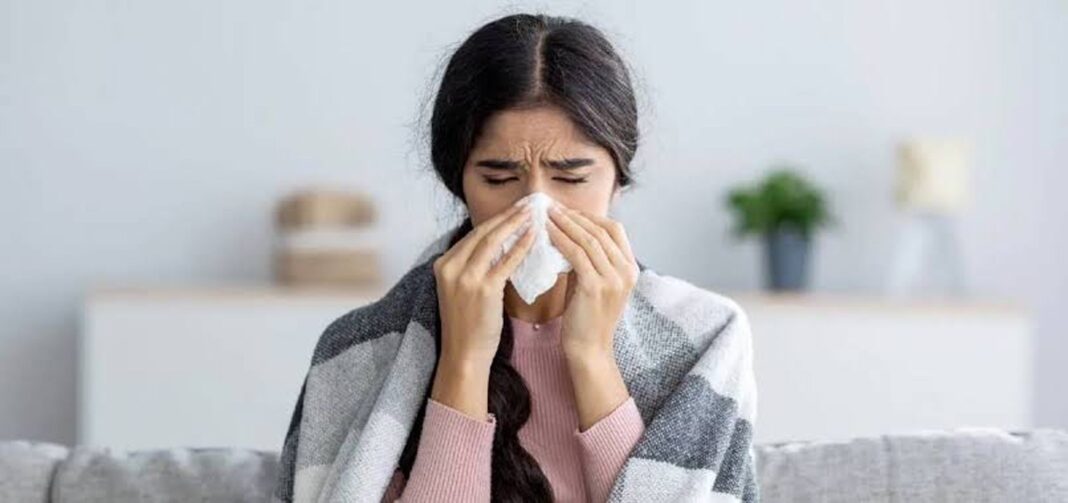The monsoon in India, while eagerly awaited for its soothing showers and a much-needed break from the summer heat, also heralds a season fraught with health concerns, particularly affecting the eyes. The increased humidity and the prevalence of stagnant water create optimal conditions for various infectious agents to thrive, leading to a spike in eye-related ailments. Understanding these conditions and implementing effective strategies to combat them is crucial for maintaining optimal eye health during this season.
Monsoon and eye health
During the monsoon, the proliferation of bacteria, viruses, and fungi is significantly higher, resulting in various eye infections. Conjunctivitis, or pink eye, becomes particularly prominent, characterized by redness, swelling, excessive tearing, and a gritty sensation in the eyes. Both viral and bacterial forms are common, with the latter requiring stringent medical treatment to prevent complications such as corneal ulcers.
Fungal infections, although less common than bacterial and viral infections, pose a severe threat due to their potential to cause lasting damage to the eye structures, especially the cornea. These infections often develop from exposure to contaminated water or soil and necessitate prompt and aggressive treatment, including antifungal medications and sometimes surgical intervention.
Styes, or hordeolums, are another prevalent monsoon-related eye issue. These painful, pus-filled lumps on the eyelid result from bacterial infections of the eyelash follicles or oil glands. While styes often resolve on their own with warm compresses and proper hygiene, persistent or recurrent cases might require antibiotic treatment.
Allergic reactions also escalate during the monsoon as the air becomes laden with pollen, dust mites and mold spores. Allergic conjunctivitis is marked by intense itching, redness and tearing, significantly impacting daily activities. Effective management includes minimizing exposure to allergens and the use of anti-allergy eye drops.
Preventive measures
The cornerstone of preventing monsoon-related eye diseases lies in maintaining excellent personal hygiene. Regular and thorough hand washing is crucial, as is avoiding touching the eyes with unclean hands. Using a clean towel or handkerchief for the eyes and changing pillowcases frequently can help reduce the risk of infections.
Protective measures include wearing glasses or sunglasses when outdoors to protect the eyes from rain and wind-blown contaminants. For those susceptible to allergies, staying indoors during high pollen days and using air purifiers at home can help manage symptoms.
Environmental hygiene, particularly controlling water accumulation around living areas, is vital for reducing the breeding grounds for mosquitoes. Mosquitoes can carry vector-borne diseases like dengue and chikungunya that indirectly affect eye health. Ensuring that water does not stagnate in and around the home is essential.
Diet and nutrition
Diet plays a critical role in bolstering the immune system, which in turn enhances the body’s defense mechanisms against infections. Nutrients particularly beneficial for eye health include Vitamin A, found abundantly in carrots, spinach, and sweet potatoes, and Vitamin C, present in citrus fruits, tomatoes, and bell peppers. These vitamins support the health of the mucous membranes, including those in the eyes, and are powerful antioxidants that help fight infections. In addition to vitamins A and C, Omega-3 fatty acids are essential for maintaining eye health.
Professional care
Regular eye check-ups are more crucial during the monsoon to promptly address any emerging eye issues. Early detection of any abnormalities can facilitate timely treatment and prevent complications. For contact lens wearers, the monsoon demands extra care in lens hygiene. Ensuring that hands are clean before handling lenses and opting for daily disposable lenses can mitigate infection risks.
The role of healthcare providers is also pivotal in raising awareness about these monsoon-related eye conditions. Educating the public through community health programs about preventive measures and the importance of seeking timely medical advice can go a long way in preventing the spread of infections.
Community health initiatives
Public health systems have a crucial role in addressing these issues, especially in areas with limited access to healthcare. Mobile eye care units and community health workers can be instrumental in providing education and treatment in remote areas. These programs ensure that communities are informed about eye health risks specific to the monsoon and are equipped with the necessary knowledge to take preventive measures.
Local health authorities can also aid by monitoring water quality and controlling mosquito populations, which can help reduce the spread of vector-borne diseases indirectly affecting eye health. By implementing community-wide drainage and waste management strategies, they can minimise water accumulation and reduce the risk of infections.
Educational campaigns can leverage various media platforms to reach wider audiences, disseminating information on symptoms of common monsoon-related eye diseases, when to seek medical help and how to apply simple preventive measures at home.
Conclusion
Understanding the risks, adopting preventive measures, and seeking professional health advice timely can ensure that the season can be enjoyed without health hazards. By fostering a community-wide approach to health education and maintaining personal hygiene, the impact of monsoon-related eye diseases can be significantly mitigated. This proactive approach not only ensures individual health but also contributes to public health safety, making the monsoon a season to enjoy in its full glory without reservations.
(The author, Dr. Ravi Daruka, is a Senior Consultant, at Sharp Sight Eye Hospitals.)




